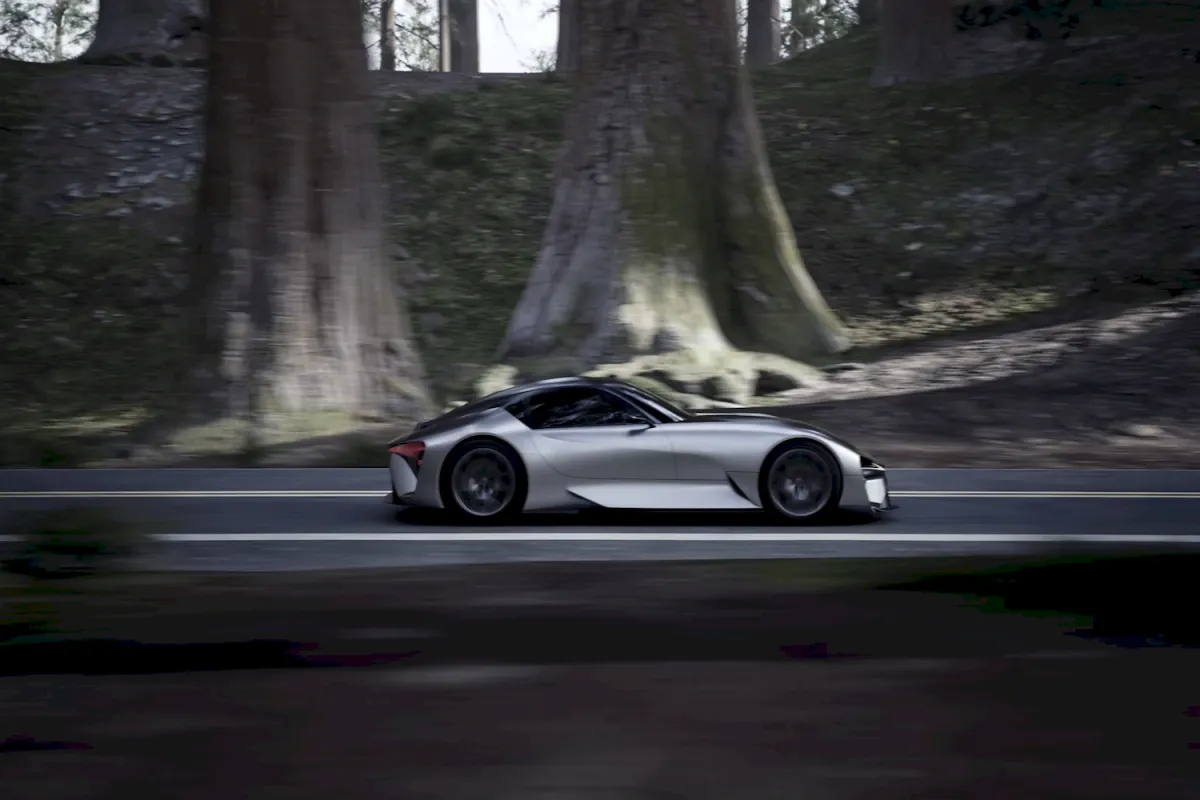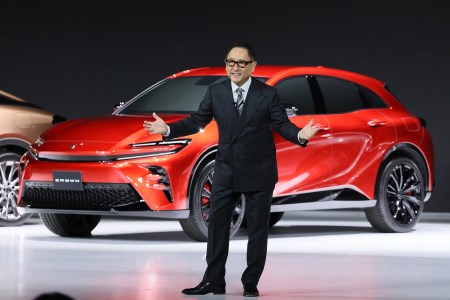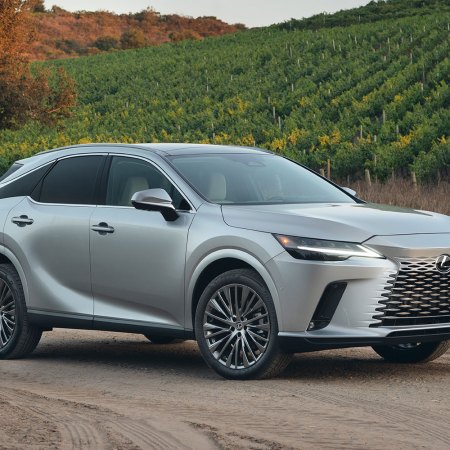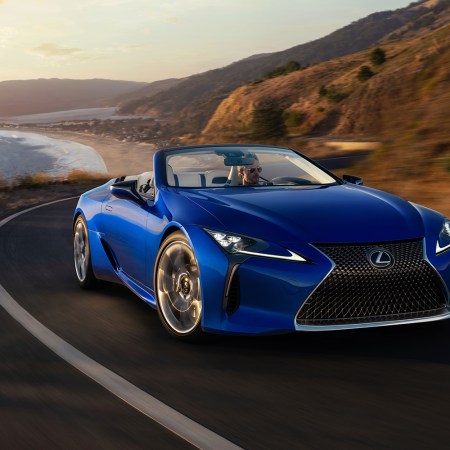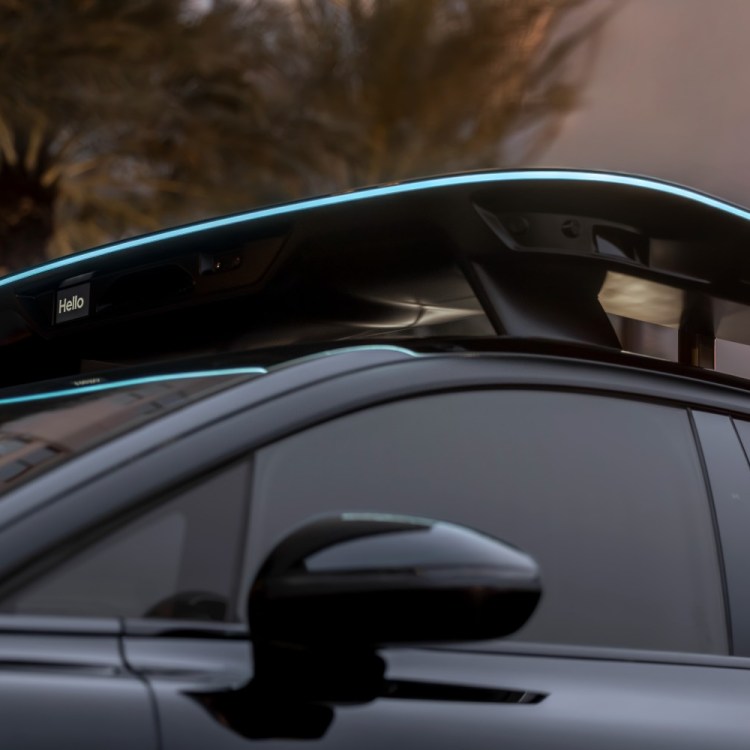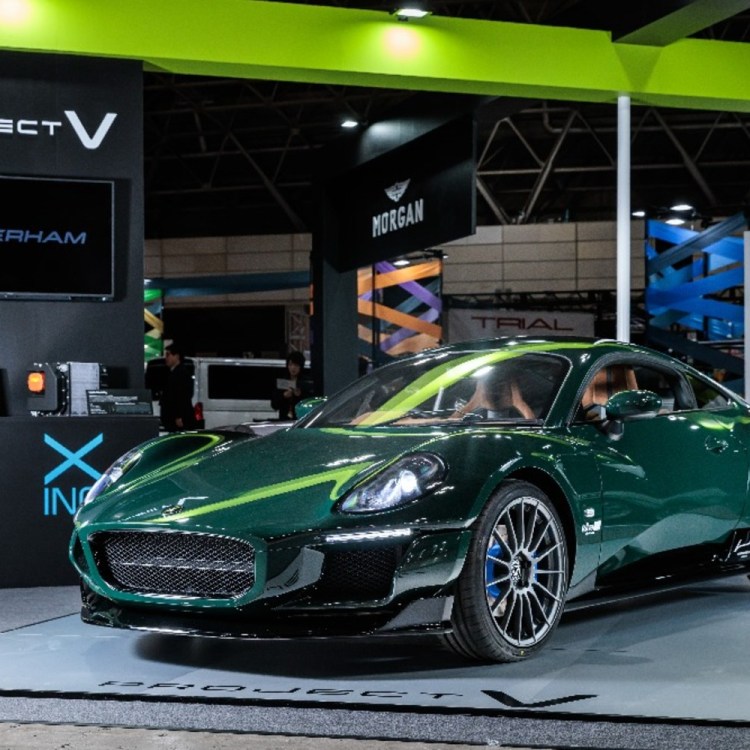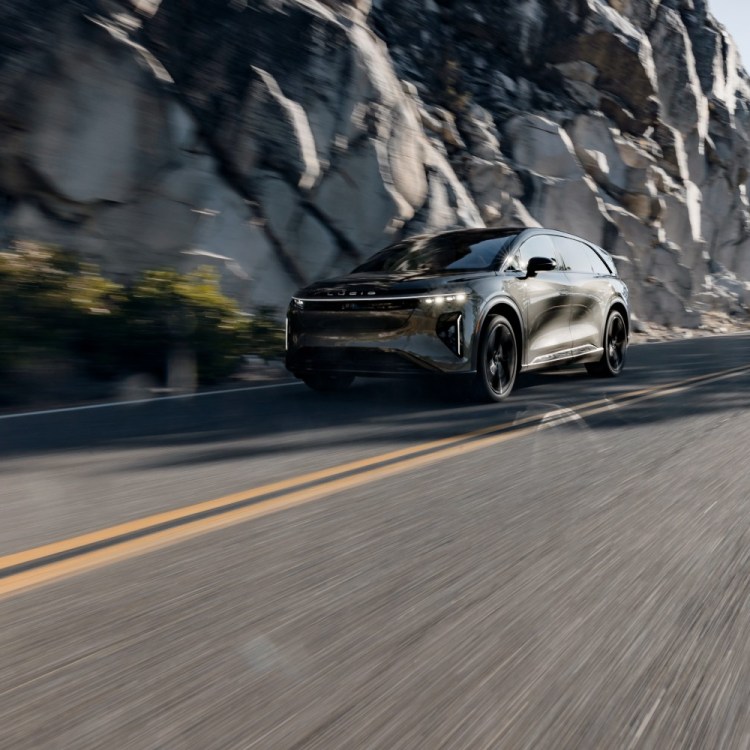“Is a manual transmission still a manual if there is no transmission?” This is the pseudo-philosophical question we’re asking ourselves in the face of Toyota’s announcement that it’s developing a manual-like shifter for upcoming battery-electric vehicles.
Just to make sure everyone’s on the same page: Fully electric cars are gearbox-free, as the energy from the battery goes directly to an axle-mounted motor to spin the wheels rather than fuel feeding into an engine for combustion, which is harnessed as power that is managed by a gearbox before sending it to the wheels via a drive shaft.
News of Toyota’s desire to develop a “manual” for EVs started making the rounds in the past few years, notably when it was discovered that the Japanese automaker filed a patent for such a thing. Lexus head Koji Sato also told Top Gear magazine that he was experimenting with the concept, likely to be found in an all-electric successor to the V10-powered LFA supercar from 2010.
A couple of recent announcements have brought the subject back into the light. During a technical workshop focused around improved battery packs, the head of Toyota’s BEV factory Takero Kato mentioned how Toyota’s new tech can “expand the possibilities for enjoying cars,” shortly mentioning a manual EV as an example to raise a vehicle’s “wow” factor. The inclusion of this function could likely coincide with the rollout of new battery packs earmarked for 2026.
Toyota Boss Could Be Right About Electric Cars — Or Very Wrong
Waffling on EVs may seem fine now, but could hurt them dearly down the lineFormer Toyota CEO Akio Toyoda recently mentioned to a roundtable of journalists at this year’s 24 Hours of Le Mans race that he had the opportunity to test drive a manual EV prototype Toyota’s GR sport division has been working on.
So how would a manual EV work? Based on how it’s been described by execs as well as the rare prototype demo as experienced by EVO, we can gather a few clues. For its actual function, selecting a “gear” would choose the level of torque delivered by the e-motor. A third, clutch-like pedal would be pressed as a driver runs the shifter through an H-pattern, matched by a rev-meter of sorts and some fake engine sounds piped through the cabin.
There’s a lot to unpack here. To start, artificial engine notes have preceded EVs, infamously finding their ways in certain cars as far back as the early 2000s, meant to enhance an otherwise tepid exhaust note. EVs have similarly added some sort of audible experience to the drive, either mimicking the traditional exhaust note or creating some sort of synthetic tone for some auditory feedback.
EVs also adjust the power delivery already, too. It’s kind of what they’re great at, much to the delight of engineers who can now program a car’s behavior in an incredibly precise manner. They do this by way of different drive modes like “sport” or “comfort” which dial in the torque intensity to the degree appropriate to the situation.
With that said, it’s the bolting on of extra bits that gives us pause. EV development has made many of the combustion components we’re used to redundant, and though some parts have been repurposed, like paddle shifters now used to adjust brake regeneration, the rest have fallen off like a vestigial fin or horn. It seems strange then to add parts that don’t, in fact, do anything.
Ask drivers who prefer a manual transmission over an automatic and they’ll struggle to put it to words, eventually landing on how much more “connected” they feel to the car. While a modern automatic can and will be more efficient and faster than those who like to row their own gears, there is a sensation of being more actively engaged and responsible to the function of the vehicle. You are the one dialing out the power, selecting the right gear, engaging the clutch and commanding the operation of the drivetrain, and the satisfaction of a well-timed up-or-downshift is palpable.
Would it indeed feel the same if an EV had a manufactured experience to simulate this? As if it was fitted with force-feedback pedals and a steering wheel like a sim racer? We have a few more years to debate this before finding out for ourselves.
Thanks for reading InsideHook. Sign up for our daily newsletter and be in the know.
